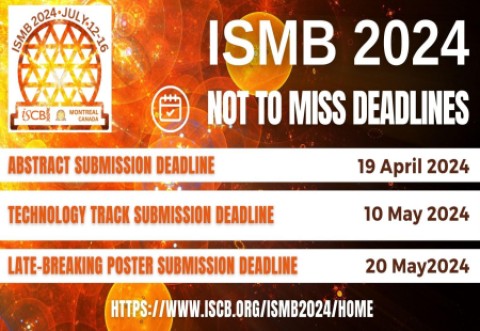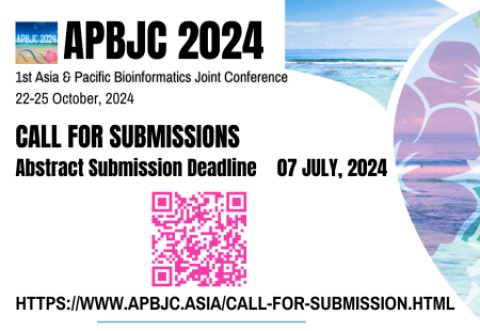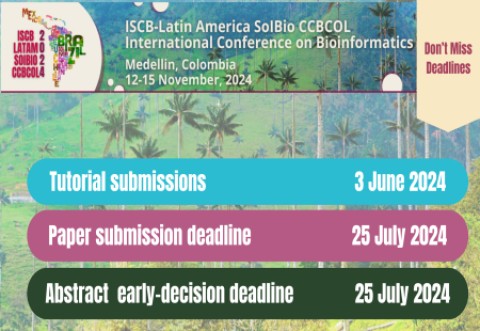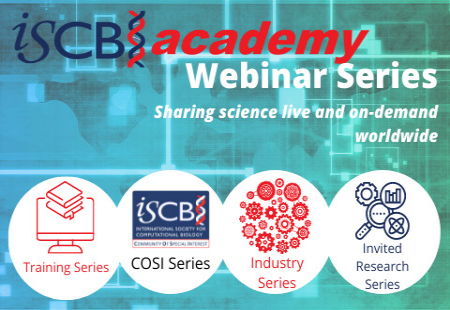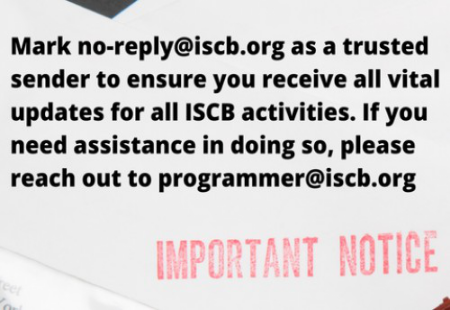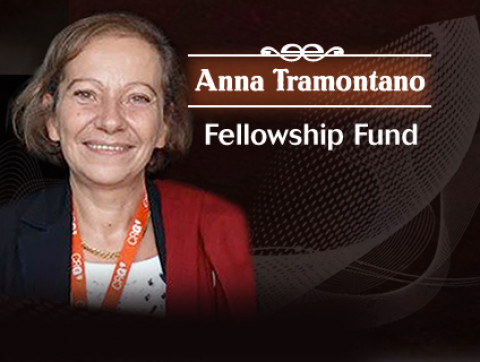
FASEB News - November 22, 2010
Contact: Cody Mooneyhan
This email address is being protected from spambots. You need JavaScript enabled to view it.
301-634-7104
Federation of American Societies for Experimental Biology
Medical imaging breakthrough uses light and sound to see microscopic details inside our bodies
New research in the FASEB Journal shows how combining photoacoustic tomography with gold nanobeacons allows researchers to see blood vessel formation in detail without a microscope
See it for yourself: a new breakthrough in imaging technology using a combination of light and sound will allow health care providers to see microscopic details inside the body. Access to this level of detail potentially eliminates the need for some invasive biopsies, but it also has the potential to help health care providers make diagnoses earlier than ever before—even before symptoms arise. Details describing this advance are published online in the FASEB Journal (www.fasebj.org/content/early/2010/11/19/fj.10-171728.abstract).
In the online research report, researchers from St. Louis describe how they combined photoacoustic tomography (PAT) with gold nanobeacons (GNB) to achieve an unprecedented level of imaging detail. Specifically, the researchers were able to identify the first signs of new blood vessel growth, which is necessary for new tumors to form. Specifically, not only were the newest blood vessels with initial blood flow imaged, but pre-vessel formation of inter-vessel bridges and vessel off-shoot sprouts in which blood flow had yet to begin also were captured. This is the first time that the angiogenic process was imaged in such clear detail without a microscope. The scientists anticipate that the combined use of PAT and GNB will be able to further pinpoint precise molecular disease markers.
According to one of the researchers involved in the work, Dipanjan Pan, Ph.D. from the Consortium for Translational Research in Advanced Imaging and Nanomedicine at the Washington University School of Medicine, "This study further establishes the opportunity provided by molecular imaging and photoacoustic tomography to identify, characterize, and guide the rational management of high-risk patients with life-threatening disease earlier when treatment is the most likely to help and quality of life is best preserved."
To make this advance, the researchers implanted mice with a gel (Matrigel™) that stimulates natural capillary formation, mimicking the same process occurring in an aggressive cancer or unstable atherosclerotic plaque. Then they used GNB to target a prominent molecular indicator of proliferating new vessels. Unlike common ultrasound techniques that send in a sound wave and "listen" for the echo, PAT sends in a light beam that excites and warms certain proteins, such as the hemoglobin in red blood cells. The minutely heated proteins emit a sound wave that is then detected by the ultrasound transducer.
"This type of imaging verges on Star Trek territory," said Gerald Weissmann, M.D., Editor-in-Chief of the FASEB Journal. "We're now exploring inner space with tools developed for outer space.
Early tumors and latent infections give rise to microscopic changes in blood vessels that no one could pick up until this technique came along. It's the new age of nanomedicine."
###
Receive monthly highlights from The FASEB Journal by e-mail. Sign up at www.faseb.org/fjupdate.aspx. The FASEB Journal (http://www.fasebj.org) is published by the Federation of the American Societies for Experimental Biology (FASEB). The journal has been recognized by the Special Libraries Association as one of the top 100 most influential biomedical journals of the past century and is the most cited biology journal worldwide according to the Institute for Scientific Information.
FASEB comprises 23 societies with more than 100,000 members, making it the largest coalition of biomedical research associations in the United States. FASEB enhances the ability of scientists and engineers to improve—through their research—the health, well-being and productivity of all people. FASEB's mission is to advance health and welfare by promoting progress and education in biological and biomedical sciences through service to our member societies and collaborative advocacy.
Details: Prashanth Ak and Arnold J. Levine. p53 and NF-kappaB: different strategies for responding to stress lead to a functional antagonism FASEB J. 2010 24: 3643-3652. DOI: 10.1096/fj.10-160549 ; www.fasebj.org/cgi/content/abstract/24/10/3643

